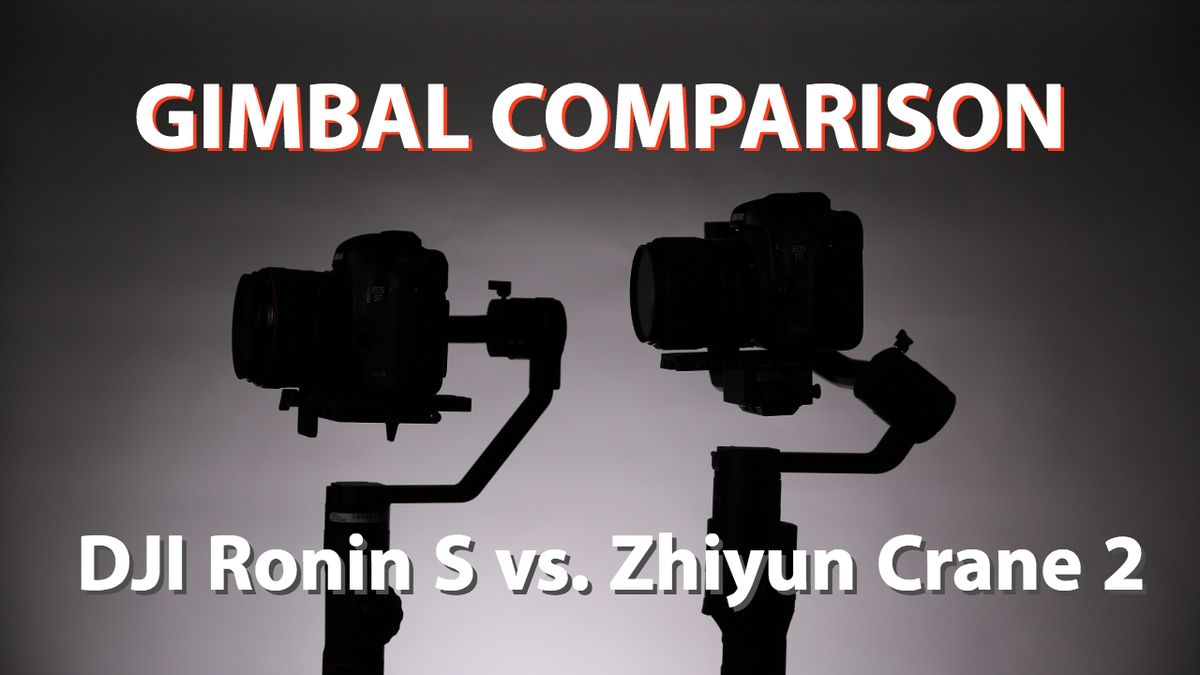Can’t decide which gimbal to buy? We will be testing the flexibility, setup time, and smoothness of shots between the DJI Ronin S and Zhiyun Crane 2 in a variety of cinematic movements. Joining us today for our shoot is our model Lezl Gonzales (@lezlkoe).
First Test: Medium Paced Jog
This is the most difficult movement to test because you are going to be running and trying to keep everything stable and watching what you are shooting at the same time.
DJI Ronin S: This shot looks really good in spite of how heavy the camera was and how much I was bouncing all over the place. The only thing that’s not stabilized is my up and down movement, but there is no device that will do that except a steady cam.
Zhiyun Crane 2: You already start to see some jitters in the shot. It doesn’t have the same stabilization even after adjusting the settings. There is also no auto-calibration with the camera’s weight in it.
SKB Case Test – Cliff Diving Edition
We decided to test the durability of the SKB case (specific model below) by tossing it off the side of a cliff. Let’s watch as it tumbles down.
No surprise, it held up! The camera inside is also still recording!
Second Test: Underslung / Low Angle
You wouldn’t be able to get this with even a steady cam! The Gimbal is perfect for getting dramatic low angle shots. It’s definitely harder to keep the gimbal stabilized as you run with this shot as opposed to the first test we did.
Ronin S: The underslung mode on the Ronin is really easy to use in terms of the setup, but it was harder to control the movement. It was a bit difficult to shoot and didn’t have as smooth of a tracking movement.
Crane 2: The setup for this was a lot more complicated. There wasn’t as much control in the shot because the joystick was harder to use. As for the footage, there is an obvious amount of bounce to the shot.
Third Test: Jib/Crane Movement
We wanted to try out movements that would be specific to the gimbal. This jib movement is something unique for these more affordable filmmaking tools. This is something you would normally do with a techno crane, but the gimbal is a really versatile tool. If you don’t want to carry a ton of gear you can just take this with you. It can give you a more tripod like shot or a long dolly shot.
Ronin S: I sound like a fanboy here, but it’s so much easier to use the Ronin. Like I mentioned earlier from the setup to the shooting it’s a smoother process overall. The way that you use the joystick and the trigger enables for a more user-friendly product.
Crane 2: This took a more effort to finagle with the joystick. You can’t do as many fine-tune adjustments like you can with the Ronin, but once you get it working it’s fine. You can see a little bit of jiggle in the shot.
IndiPro Tools Cinema Battery Starter Kit
Fourth Test: 360 Walkaround
This shot is always so beautiful to see. You can follow your subject really smoothly without any distractions and it gives a really engaging feeling.
Ronin S: We were really impressed with the Ronin on this shot. It’s just so smooth as it rotates around our model.
Crane 2: A little less smooth, a little more jittery. It’s not as bad because I’m not sprinting, but the overall look isn’t as effortless.
Special Test: 360 Flip on the Ronin
The Ronin has this neat little function that allows you to turn the camera in a complete circle getting a crazy 360 flip. This shot would be great for using it during transition sequences between clips. I wouldn’t use overuse this trick, but it does add a unique element to your videos.
In Conclusion…
The Ronin S is our clear winner for today! It is both smoother and less jittery with the various different movements we tried today. Although it is a heavier gimbal, it’s weight helps to contribute to the smoothness of the shots. The upside is that it is easier to set up and balance. Making the fine tune adjustments with the joystick as you set up your shot is very convenient.
So that’s our side-by-side comparison of the Zhiyun Crane and the Ronin S. I thought they’d be more head and head, but the differences definitely stood out.
Gear Used:
Canon 5D Mark IV: B&H / AMAZON
Canon 7d Mark II: B&H / AMAZON
SKB Case 1510-6 Test: B&H / AMAZON

